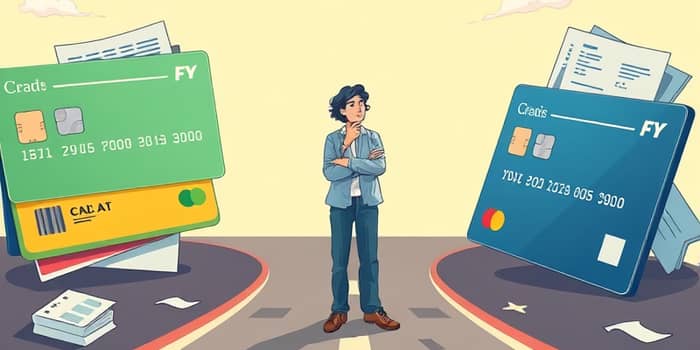
Maxing out credit cards may seem safe if you can pay off the balance, but doing so can carry significant hidden risks that undermine your financial stability and future borrowing power.
When you spend up to the full available credit limit on a credit card, you have effectively maxed it out. Although you might have the funds to settle the balance in full each month, a maxed-out card still reflects a high balance relative to your limit in your credit report. Lenders use this information to gauge risk, and a maxed-out card can raise red flags about your spending habits and financial health.
Your credit utilization ratio measures the percentage of your total available credit you are currently using. It is calculated by dividing your card balances by your credit limits and expressing the result as a percentage. Credit bureaus and experts recommend keeping this ratio under 30%, and ideally below 10%, to maintain a robust credit profile.
Since credit utilization accounts for roughly 30% of your FICO score, even temporary spikes can trigger a significant negative impact on credit scores. To illustrate:
Lenders interpret a high utilization ratio as a sign of financial stress or dependency on credit. Even if you clear your balance in full each billing cycle, the statement balance is what credit agencies record. Consistently maxing out cards can lead to lower approval odds for loans or new credit products, or subject you to higher interest rates and less favorable terms.
On top of the numerical score drop, a pattern of maxed-out cards can damage your reputation with lenders. They may view you as someone who relies heavily on borrowed funds rather than living within means. This perception can linger, affecting decisions for years.
Exceeding your credit limit or frequently maxing out introduces potential financial penalties and fees that can add up quickly. Many issuers impose over-limit fees, typically ranging from $25 to $40 per incident. Additionally, your interest rate may rise, and reward programs or account benefits could be suspended or revoked.
Going to the limit on your cards can foster long-term risky financial habits. A high available credit limit might tempt you to spend impulsively, leading to cycles of overspending that are difficult to break. Without clear boundaries and mindful budgeting, the convenience of credit can transform into a burden of persistent debt and stress.
Awareness of these psychological triggers is vital. If you notice yourself reaching for your credit card reflexively, take a moment to reassess whether the purchase aligns with your financial goals or if it is driven by short-term impulses.
Preventing maxed-out cards starts with intentional planning and vigilant monitoring of your accounts. Here are proven steps to stay below safe utilization thresholds:
By combining monitoring tools with disciplined budgeting techniques, you can keep your utilization well below the 30 percent threshold and preserve your credit health.
If you find yourself staring at a maxed-out card, take immediate action to minimize damage. First, pay down as much of the balance as possible before the statement closing date to lower the reported utilization. Next, reach out to your issuer to discuss possible hardship programs or temporary fees waivers. Finally, rebalance debts between cards to ensure no single account remains excessively loaded.
While rapid paydowns may require sacrifices, cutting non-essential expenses and redirecting those funds toward debt clearance can yield swift improvements in your credit score and reduce future borrowing costs.
By understanding the hidden dangers of maxing out credit cards and implementing these practical strategies, you can protect your credit score, avoid unnecessary fees, and foster healthier financial habits. Remember, credit is a tool to be wielded wisely—keep your balances in check, plan your spending carefully, and you will unlock the full power of a strong credit profile.
References













